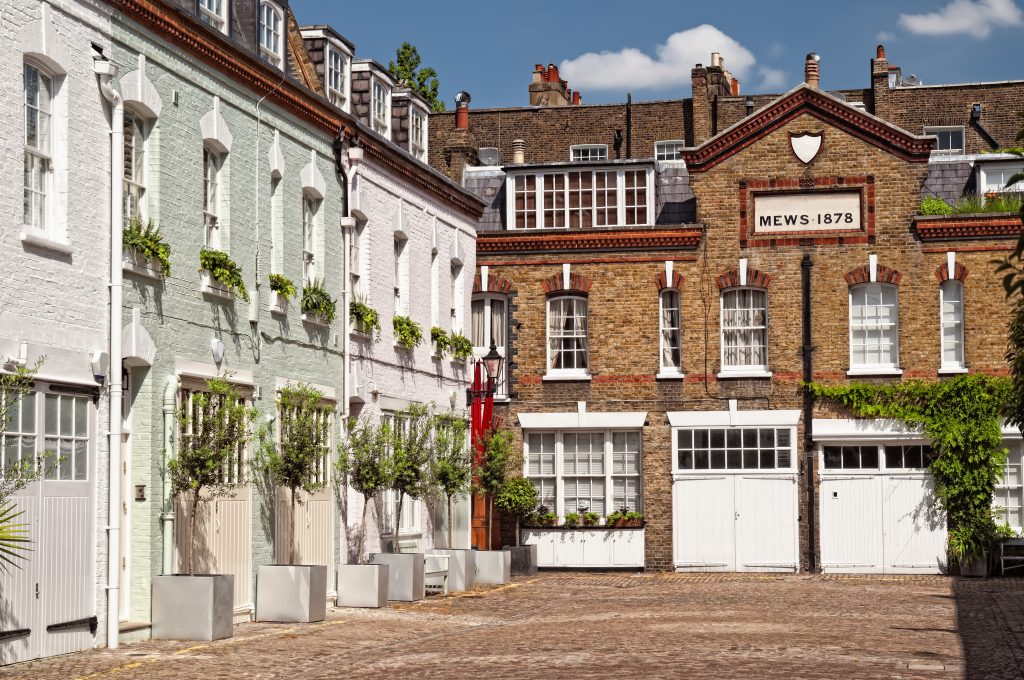This is another of those questions I get every so often as I’m guiding a walking tour group, typically from non Britains with English as their first language but also from others.
It normally comes as we pass from St Katherine’s Dock and pass Mews Street and until I began getting the question it’s not something I’d ever considered, having always assumed it was a slightly more up market term for a row of terraced houses. However, it has a historical story behind it and is actually more specific than I thought.
Edward I
The first Mews date back to 1377 and were the place where the royal hawks were held during their moulting period, otherwise known as mewing, or ‘mew time’. Edward I had his Royal Mews at what is now Charing Cross (Not called that then, because it was one of his actions that caused the name) and these were the first on record.
Fire
In 1534 the building was destroyed by fire, not so unusual in old London where almost everything was made of wood, and was rebuilt as stables but retained the name, being known as the King’s Mews or the Royal Mews.

New Meaning
From this point ‘mews’ was generally used to describe a row of stables and/or carriage houses, often with accomodation above. Many of the larger London properties would have something similar at the rear of the house. It could also be sometimes used to describe an alley or lane leading to these buildings.
After the advent of the motor car and the decline in the use of horses within London many of these stable blocks have been converted to living accomodation, some of it very desirable. These days the Royal Mews are situated at Buckingham Palace and are open to the public, offering a display of carriages and motor vehicles.
